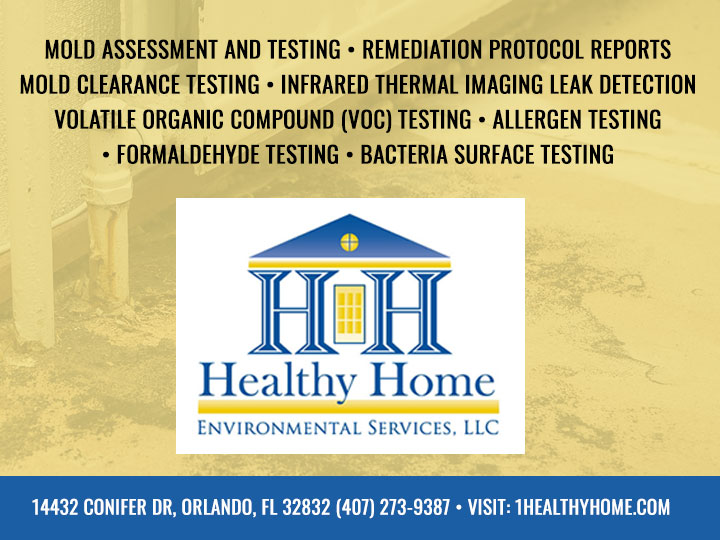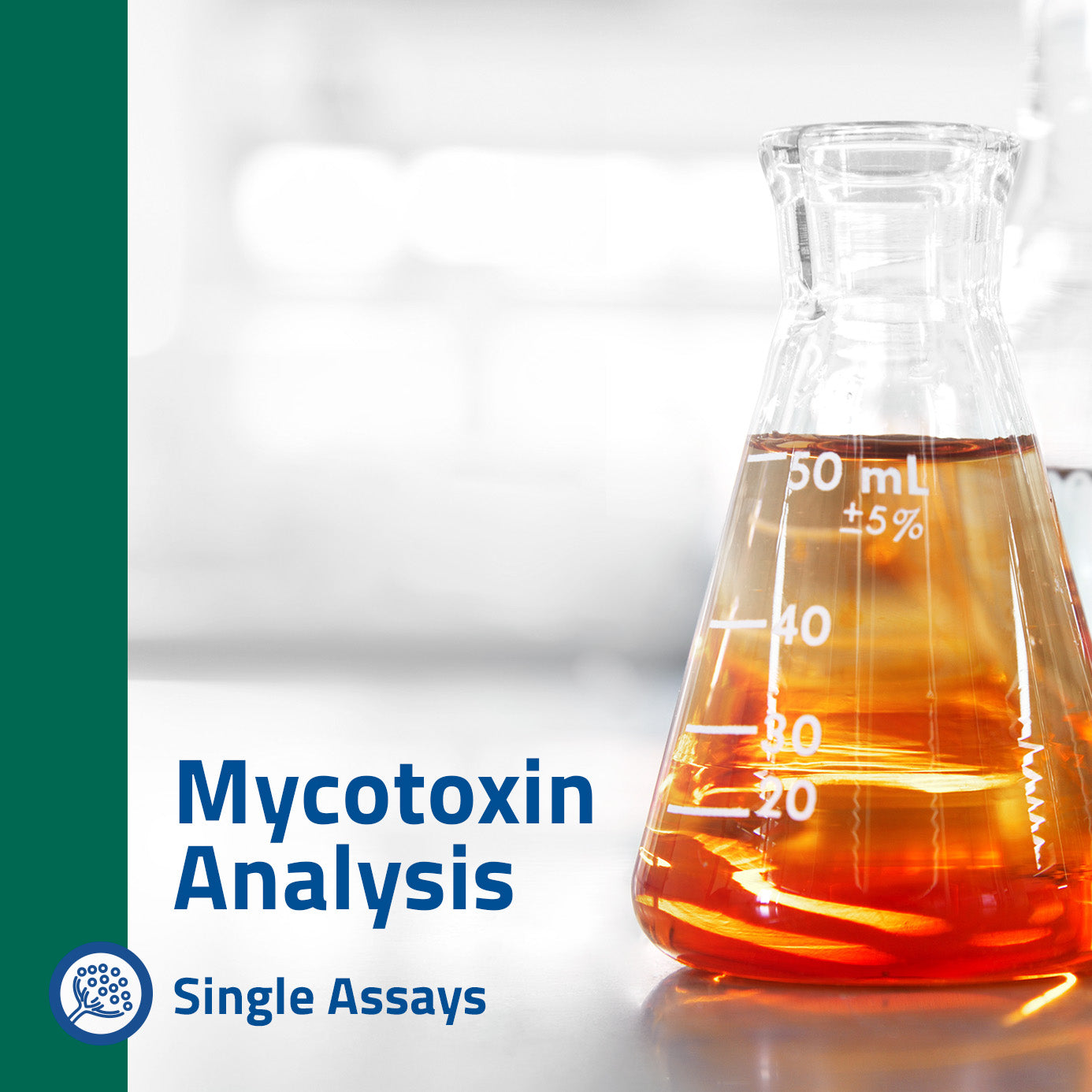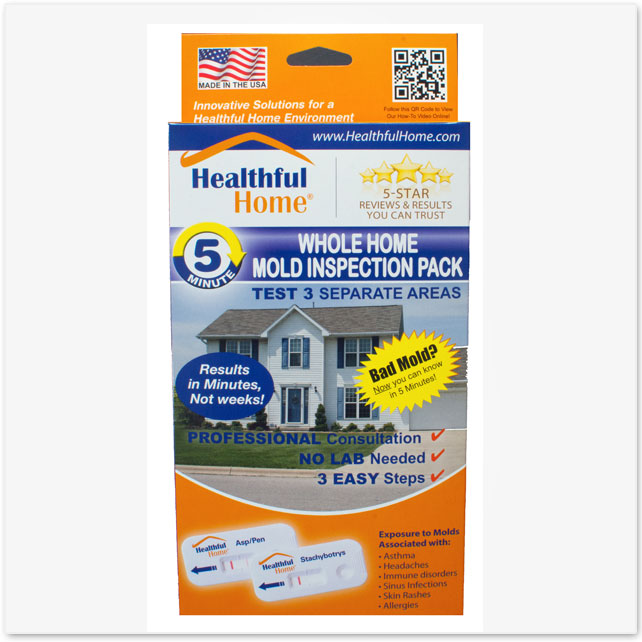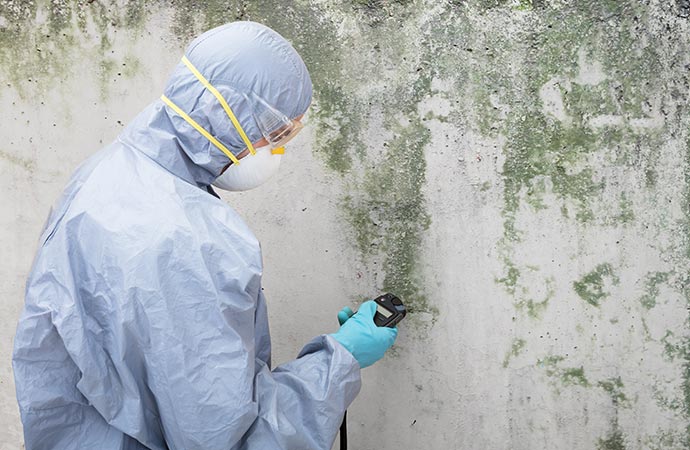The Role of Mycotoxin testing Services in Food and Feed Safety
Just How Mycotoxin Testing Helps Protect Against Contamination and Secure Food Products

Mycotoxin testing is an essential practice in the food industry, offering as a frontline protection against contamination by dangerous toxic substances produced by molds. Via the application of innovative methods like High-Performance Liquid Chromatography (HPLC) and Liquid Chromatography-Mass Spectrometry (LC-MS), food producers can properly quantify and detect mycotoxin degrees in agricultural products. This aggressive technique not only ensures conformity with rigid security regulations yet likewise reduces health threats to customers. Regular screening strengthens brand reputation and monetary health by minimizing contamination-related incidents. So, just how precisely do these testing procedures incorporate into the more comprehensive food security approach?
Recognizing Mycotoxins
Comprehending mycotoxins starts with acknowledging that they are poisonous second metabolites produced by certain mold and mildews, which can contaminate agricultural products. These metabolites are not important for the growth or reproduction of the fungi but can have severe implications for human and animal health. Mycotoxins are commonly found in staple crops such as corn, wheat, barley, and nuts, where they can multiply under details problems of wetness and temperature.
There are a number of kinds of mycotoxins, each produced by various fungal types. Aflatoxins, created by Aspergillus species, are amongst one of the most well-known, understood for their carcinogenic residential properties. One more significant group includes ochratoxins, produced by Aspergillus and Penicillium varieties, which have nephrotoxic impacts. Fusarium species produce fumonisins and trichothecenes, both of which are related to different acute and persistent health and wellness concerns.

Risks of Mycotoxin Contamination
The dangers of mycotoxin contamination are multifaceted, posturing considerable threats to both food safety and security and public health and wellness. Mycotoxins, toxic compounds generated by specific types of fungi, can pollute a wide array of agricultural items including grains, nuts, spices, dried out fruits, and coffee.
Economic effects are another significant concern. Polluted crops can lead to significant financial losses for farmers and food manufacturers due to minimized returns and the requirement for pricey decontamination procedures. Worldwide profession can be significantly impeded as nations impose rigorous mycotoxin regulations to safeguard their populaces, leading to denied shipments and strained trade connections.
Ecological variables such as climate modification aggravate the threat of mycotoxin contamination. Variations in temperature and humidity can produce desirable problems for fungal growth, enhancing the probability of contamination occasions. Hence, understanding and mitigating these risks are important for making certain the safety and security and integrity of global food supplies.
Methods of Mycotoxin Evaluating
Accurately identifying mycotoxin contamination in agricultural products is vital for securing public health and wellness and preserving food security requirements. Different techniques are utilized why not check here to discover and measure mycotoxins, each offering certain benefits and constraints.
High-Performance Fluid Chromatography (HPLC) is a commonly utilized method due to its high level of sensitivity and accuracy. It entails dividing mycotoxins from various other substances in a sample, making it possible for exact quantification. Liquid Chromatography-Mass Spectrometry (LC-MS) combines fluid chromatography with mass spectrometry to offer detailed molecular details, making it particularly valuable for determining multiple mycotoxins all at once.

Gas Chromatography-Mass Spectrometry (GC-MS) and Thin-Layer Chromatography (TLC) are likewise utilized, each with distinct applications. GC-MS works for unstable mycotoxins, while tender loving care offers a simpler, cost-effective alternative for preliminary testing.
Advantages of Normal Checking
Routine testing for mycotoxins in agricultural products provides various benefits, significantly adding to public wellness and food safety and security. By recognizing contamination early, routine testing assists avoid the distribution of poisonous foods, therefore decreasing the risk of mycotoxin-related diseases among customers. This positive method not only safeguards human wellness however also boosts the general quality of food supplies.
Regular screening also sustains regulative compliance. Various countries and areas have actually established rigorous limitations for mycotoxin degrees in food and feed. Complying with these limits via routine testing makes certain that vendors helpful hints and producers fulfill legal criteria, thus preventing fines and profession obstacles. Keeping conformity fosters consumer trust and brand online reputation, which are vital for market success.
Additionally, routine mycotoxin screening can bring about significant economic advantages. Early detection of contamination enables timely intervention, decreasing prospective losses from extensive contamination. Carrying out normal screening protocols can also decrease recall costs and associated obligations, which can be monetarily ruining.
In addition, regular testing provides important data that can inform much better agricultural techniques and storage problems. By comprehending patterns of contamination, producers can adopt preventative steps, thus decreasing future dangers and adding to the sustainability of the food supply chain.
Executing Evaluating Protocols
Carrying out reliable mycotoxin screening procedures is important for guaranteeing the safety and top quality of agricultural items. Each stage should be looked at to identify where mycotoxin contamination is most likely to occur.
As soon as important control points are identified, choosing suitable screening techniques is essential. Usual techniques consist of enzyme-linked immunosorbent assay (ELISA), high-performance liquid chromatography (HPLC), and mass spectrometry (MS) Each approach has its weaknesses and toughness; therefore, picking the right one depends on the certain mycotoxin being evaluated, the called for sensitivity, and offered resources.

Lastly, incorporating the testing methods right into an extensive food safety administration system is recommended. This enhances traceability and allows swift rehabilitative activities when contamination is spotted, therefore securing the integrity of the food supply chain.
Verdict
Mycotoxin testing is crucial in stopping contamination and safeguarding food products by enabling very early detection of unsafe contaminants generated by molds in farming items. Advanced techniques such as HPLC and LC-MS make certain compliance with safety and security regulations and secure consumers from health and wellness threats. Regular testing boosts brand track record, economic stability, and count on food safety by lessening contamination-related losses and keeping high standards in food manufacturing. Applying rigorous testing methods is thus essential for the market's overall wellness.
Mycotoxin testing is a crucial practice in the food industry, serving as a frontline defense versus contamination by damaging toxic substances produced by mold and mildews. An incorporated strategy involving farming methods, storage administration, and routine testing can mitigate the threats associated with mycotoxin contamination, guaranteeing food security and public health.
The dangers of mycotoxin contamination are multifaceted, positioning significant threats to both food safety and security and public wellness.Routine testing for mycotoxins in agricultural items supplies many benefits, substantially contributing to public health recommended you read and food safety and security.Mycotoxin testing is vital in avoiding contamination and protecting food products by making it possible for early discovery of damaging toxins generated by mold and mildews in agricultural items.